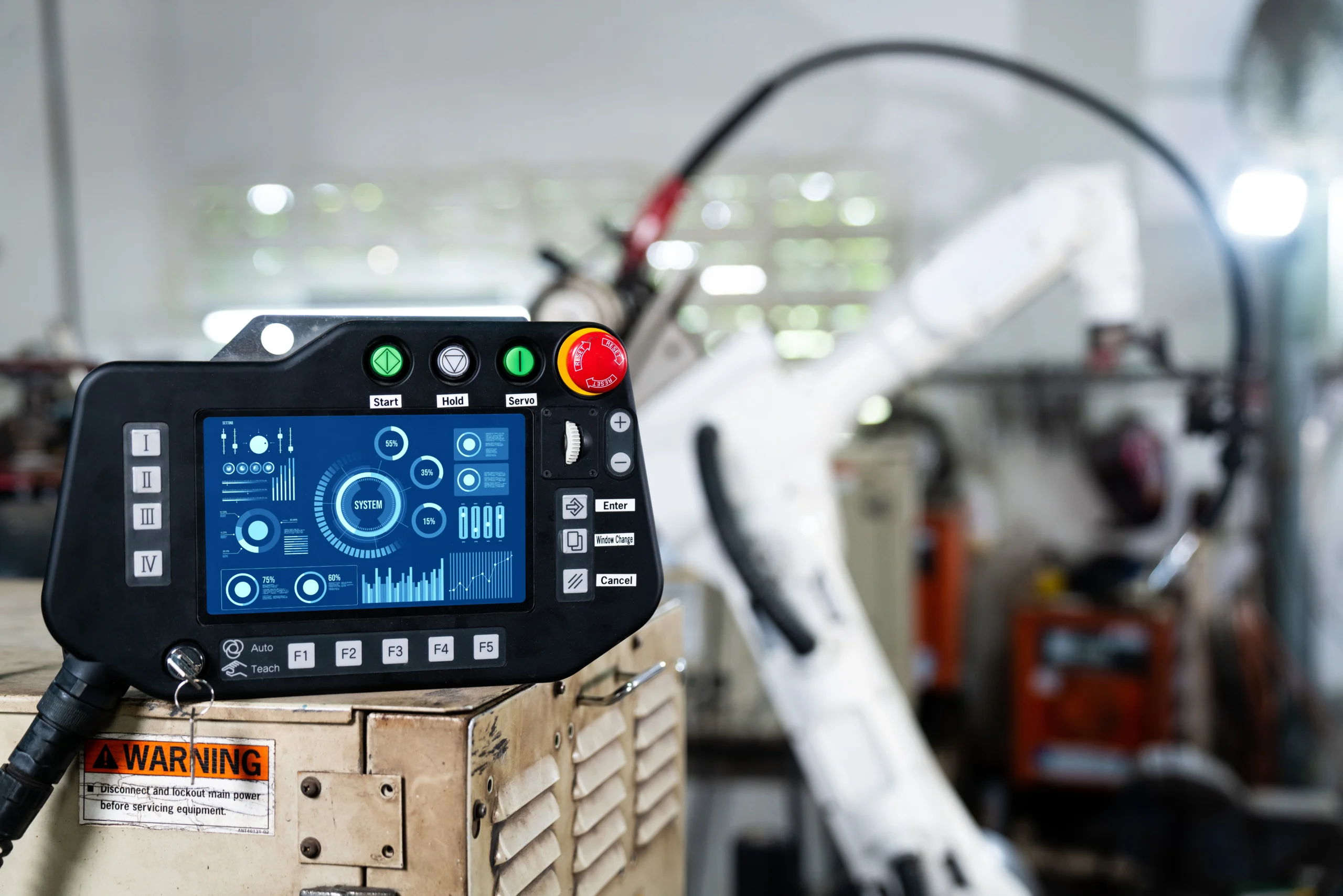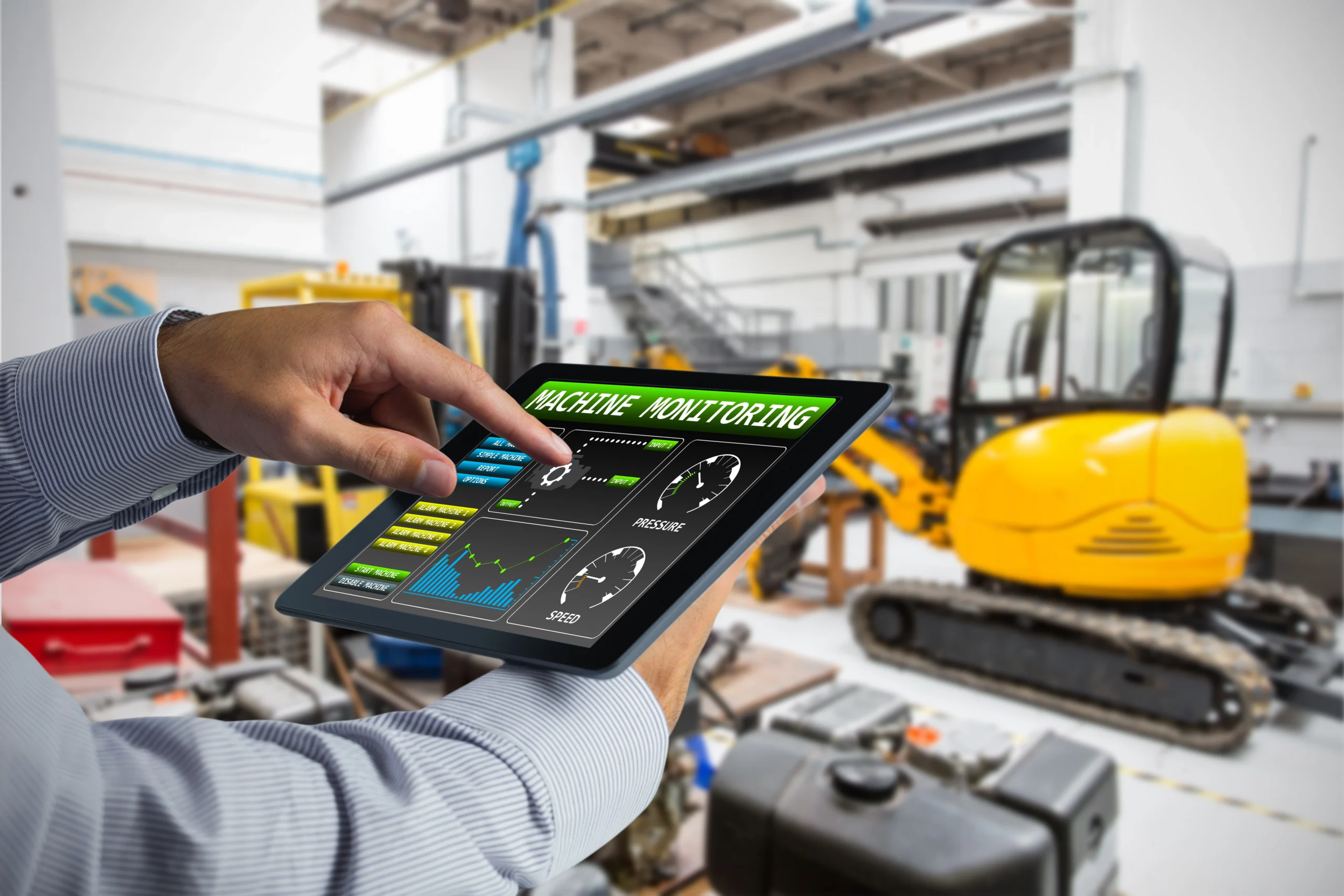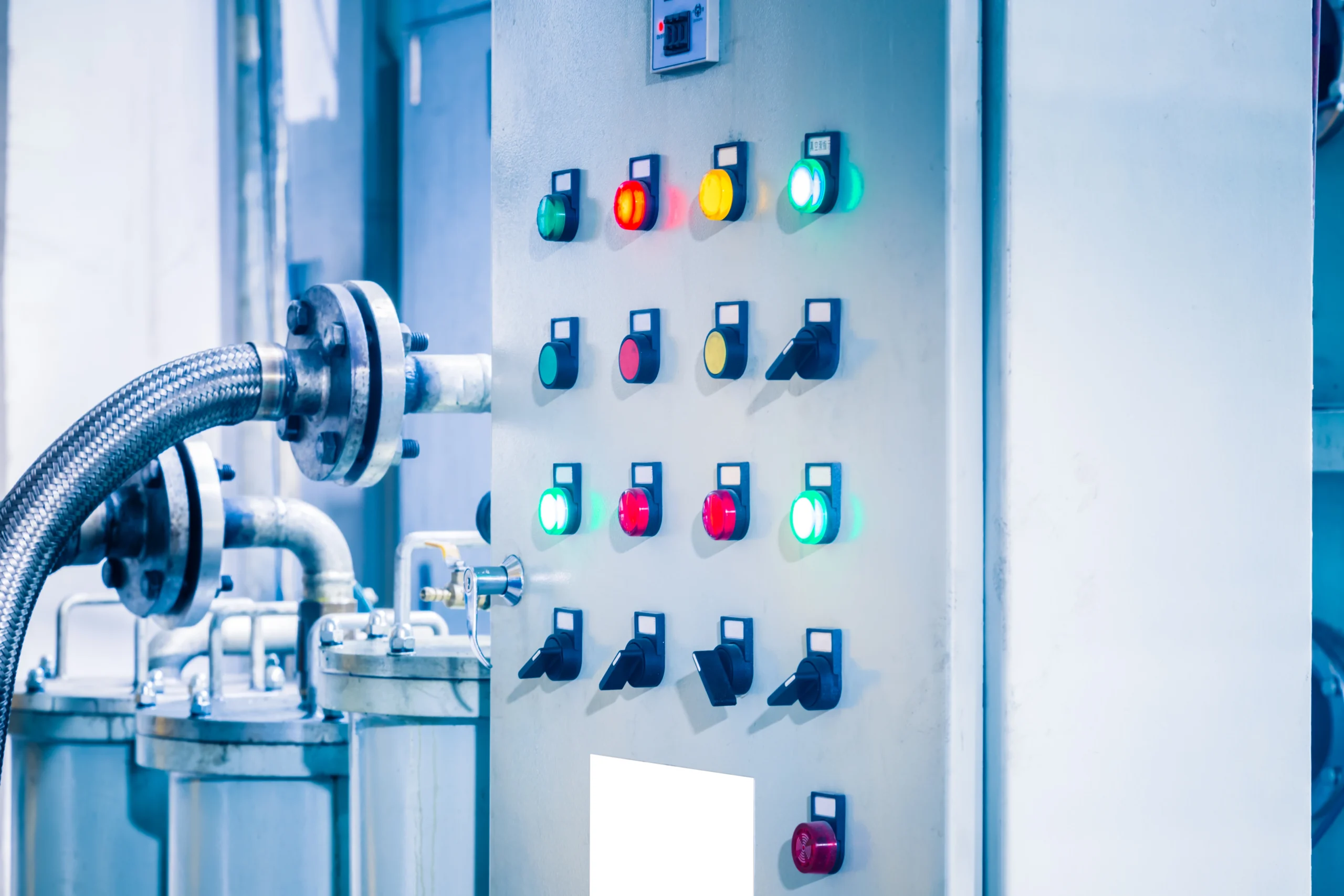The Aveva System Platform offers unparalleled scalability and flexibility, making it a powerful solution for diverse industrial applications. This article explores the scalability and adaptability of Aveva’s System Platform, its benefits, and success stories from companies that have leveraged its capabilities, provided by PIMA, an Aveva technology partner.
Understanding the Scalability of the Aveva System Platform
Definition and Features
The Aveva System Platform is designed to scale seamlessly with the growth of industrial operations. Its architecture supports small-scale implementations and large, complex systems, ensuring it can handle increasing data volumes and more extensive operational requirements.
Adaptability to Industrial Applications
Aveva’s platform is versatile, adapting to various industrial applications, from manufacturing and energy to utilities and infrastructure. This flexibility allows it to integrate with existing systems and scale according to business needs.
Benefits of a Flexible and Scalable Platform
Cost Savings
A scalable platform reduces the need for extensive system overhauls as businesses grow. It allows for incremental upgrades, which translates to cost savings over time.
Improved Performance
The flexibility of the Aveva System Platform ensures optimal performance across different applications, enhancing efficiency and productivity.
Future-Proofing
The ability to adapt to evolving technologies and business needs means that companies can future-proof their operations, ensuring long-term viability and competitiveness.
Enhanced Integration
The platform’s scalability supports integration with various industrial systems and data sources, facilitating a unified process management and control approach.
Success Stories and Implementation Examples
Manufacturing Plant
A manufacturing plant adopted the Aveva System Platform to manage its expanding operations. The platform’s scalability allowed the plant to integrate new production lines and processes smoothly, resulting in a 20% increase in operational efficiency.
Energy Sector
An energy company utilized the flexible capabilities of Aveva’s platform to manage a diverse range of energy assets. The platform’s adaptability enabled the company to optimize its operations across different energy sources, improving overall performance and reducing operational costs.
Utilities Provider
A utilities provider implemented the Aveva System Platform to enhance its infrastructure management. The platform’s scalability facilitated the integration of new technologies and systems, supporting the provider’s growth and operational improvements.
Conclusion
The Aveva System Platform, provided by PIMA, offers exceptional scalability and flexibility, making it an ideal choice for various industrial applications. Its ability to adapt to growing business needs and diverse operational requirements brings significant benefits, including cost savings, improved performance, and future-proofing. By leveraging Aveva’s scalable solutions, companies can enhance their operations and achieve long-term success.
For more information on Aveva’s System Platform and its benefits, visit Aveva System Platform Solutions.
Predictive Maintenance in Indian Industries: Reducing Downtime with IIoT Solutions
Why Is Unplanned Downtime So Costly ?
- Spend more on emergency repairs compared to scheduled maintenance
- Miss critical delivery deadlines, risking customer dissatisfaction
- Reduce the lifespan of machines due to repeated stress and breakdowns
- Face increased safety hazards when failures occur during operation
What Is Predictive Maintenance?
- Vibration
- Temperature
- Noise levels
- Motor speed
The Rise of Predictive Maintenance in India
- Manufacturing – for real-time monitoring of motors, conveyors, and assembly lines
- Power Generation – to ensure reliable performance of turbines, pumps, and critical equipment
- Food & Beverage – to maintain the health of mixers, chillers, boilers, and packaging systems
- Pharmaceutical & Chemical Plants – where even minor equipment failures can result in major operational or compliance risks
Pima Controls and Plantwiz: Smarter Condition Monitoring
- Bearing faults
- Misalignment
- Loose components
- Excessive vibration
- Overheating
How Predictive Maintenance Works
- Sensors are installed on critical equipment
- Real-time data is continuously collected (e.g., vibration, temperature, speed)
- The system analyzes trends and detects unusual patterns
- If a potential issue is found, it sends an early warning alert
- Maintenance is planned proactively before failure occurs
Real Results from Indian Industries
- A food processing plant in Gujarat reduced machine breakdowns by over 40% within just six months
- A chemical manufacturer in Maharashtra lowered emergency repair costs by 30% in the first year
- A power plant in South India extended equipment life through early fault detection and timely intervention
Why Predictive Maintenance Makes Sense ?
- No surprise breakdowns
- No unnecessary downtime
- No wasted parts or labor
Ready to Start Your Predictive Maintenance Journey?
Get in touch with Pima Controls today
- Reduce unplanned downtime
- Cut emergency repair costs
- Extend machine life
- Gain full visibility and control of your assets
Subscribe for More Insights

Digital Twin Technologies: Revolutionizing Plant Operations with 3D Visualization



What Is SCADA? Complete Guide to AVEVA SCADA Software for Industrial Automation



AVEVA SCADA Software in Tamil Nadu: Trusted Partner for Manufacturing Automation


Plant SCADA + Energy Dashboards: The Future of Factory Utilities with Pima & Schneider


AVEVA Solutions Provider in Karnataka: Future-Ready Automation for Plants


Intelligent Pump Control in Water Applications Using ATV340 & ATV630 Drives

Digital Twin Technologies: Revolutionizing Plant Operations with 3D Visualization



What Is SCADA? Complete Guide to AVEVA SCADA Software for Industrial Automation


